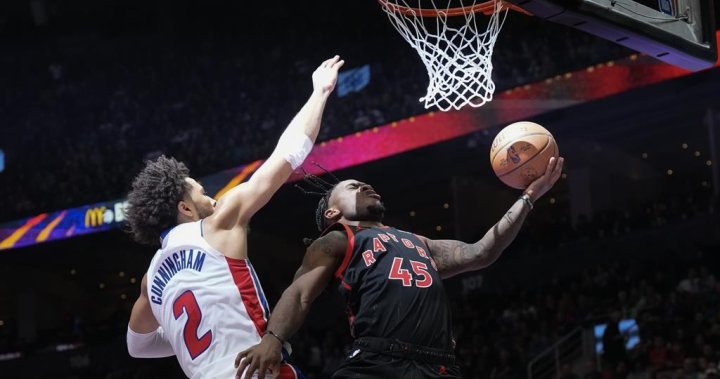US holiday sales are forecast to grow at their slowest pace since 2018 amid fears that persistent inflation is wiping out consumers’ savings, according to a new survey.
Holiday retail sales are forecast to increase between 2.3% and 3.3%, totaling up to $1.6 trillion between November and January, according to Deloitte’s annual holiday retail forecast.
That would be a far cry from last year, when retail sales in the same period grew 4.3% to total $1.5 trillion, according to the US Census Bureau.
“Rising credit card debt and the possibility that many consumers have exhausted their pandemic-era savings will likely weigh on sales growth this season compared to the previous one,” Deloitte Insights economist Akrur Barua said in a statement.
The forecast for the upcoming holiday season is in line with the 3.1% sales growth seen in 2018.
E-commerce sales are also expected to come in below last year’s figures, though they “will remain strong as consumers continue to take advantage of online deals to maximize their spending,” Michael Jeschke, leader of Deloitte’s retail and consumer division, said in a statement.
E-tailer sales are forecast to grow between 7% and 9% this holiday season, totaling up to $294 billion, which is below the 10.1% increase that totaled $270 billion last year, according to Deloitte.
In-store sales are predicted to rise between 1.3% and 2.1%, totaling up to $1.3 trillion, which is below a 3.1% jump to slightly less than $1.3 trillion last year, according to Reuters.
Holiday season sales typically account for more than half of US retailers’ annual revenue.
Retailers are already facing the added challenge of a shorter holiday shopping season this year.
With just 27 days between Thanksgiving and Christmas, retailers are being pushed to promote discounts earlier in the season.
A holiday shopping pullback from consumers short on savings would deal companies a serious hit — and consumers across the board have seen their savings dwindle.
The US personal savings rate dropped to 3.4% in June from 3.5% in May – making June the lowest monthly rate since 2022, according to the US Bureau of Economic Analysis.
The personal savings rate fell again to 2.9% in July, according to the BEA.
Consumers are expected to start hunting for deals earlier in the holiday season as a result.
Cash-strapped customers have already adjusted their shopping habits to seek out value meals from fast-food restaurants, low-price groceries from big-box stores and cheap goods from fast-fashion retailers.
With Post wires







